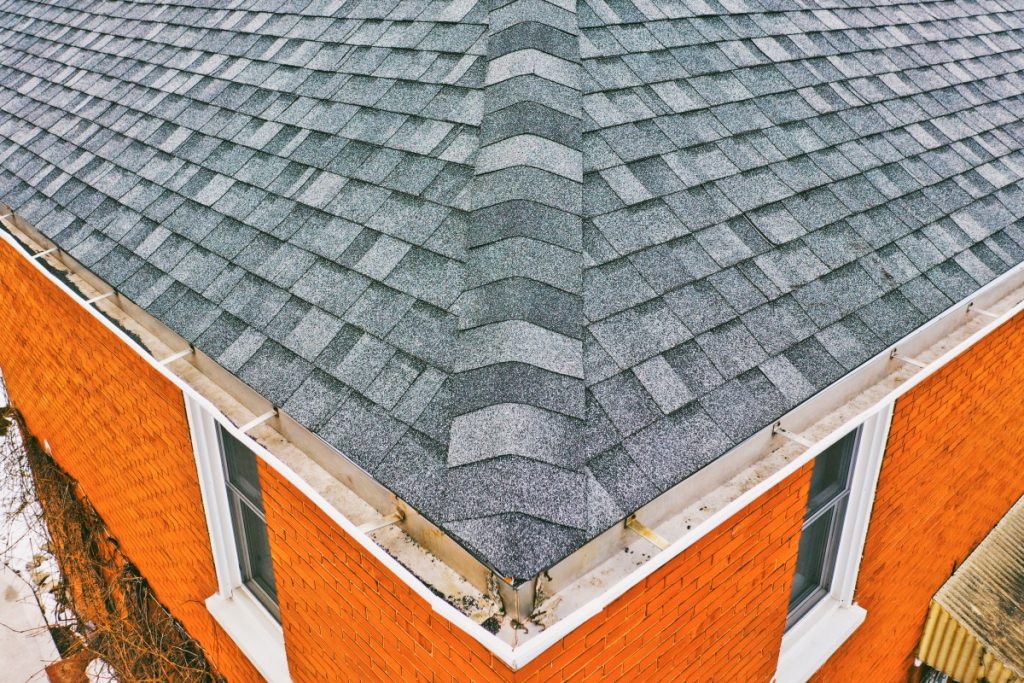
Up Above the Roof! How Insight from Altitude Can Enhance Your Home Inspection Opportunity!
A few months ago, we had the opportunity to do an on-site inspection for the annual conference of the Ontario Association of Home Inspectors. It was so successful – and gained much interest – that we ended up writing a detailed article for their members.
If you are in the home inspection or real estate industry, or work within a trade or construction career, this will provide you valuable insight on how the entire process of an exterior home inspection can be enhanced through a drone overflight.
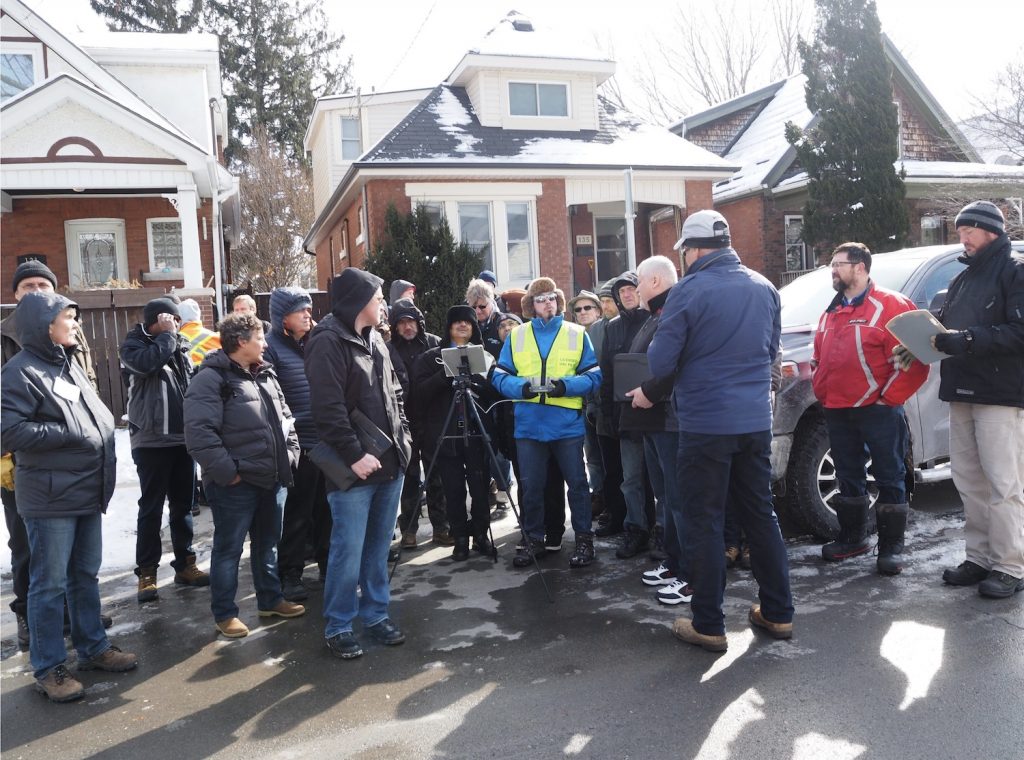
With the fast changing world of technology, drone use within industries has seen a dramatic rise over the last few years. From using drones to monitor hot spots in forest fires to collecting the spray from whales’ blow holes, the capabilities of drones are endless.
One area that is up and coming is the use of drones to assist in the inspection industry such as the inspection of on and offshore wind turbines, power lines and civil infrastructure, transportation infrastructure and building inspections.
With these trends drones are also coming into use for the commercial, industrial and residential inspection industries such as for building, roof and facade inspections.
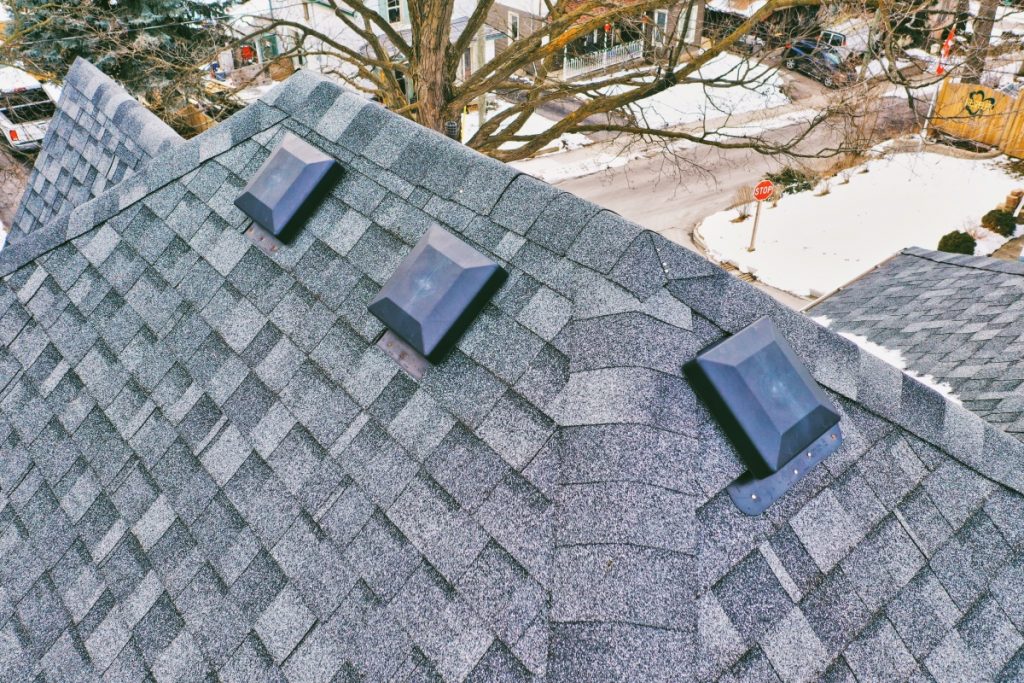
How can a drone help in home inspections?
A home inspection can involve interior and exterior inspections using the inspector’s knowledge, and new technology such as a drone and thermal imagery to help identify issues and make recommendations.
Exterior inspections may involve looking at windows, skylights, doors, gutters, downspouts, roofs and chimneys. Traditionally many of these inspections involve the use of various ladders which can be a safety concern for the inspector. Incorporating a drone into the inspection can reduce the risk associated with setting up, moving and using a ladder and the risks associated with working at height.
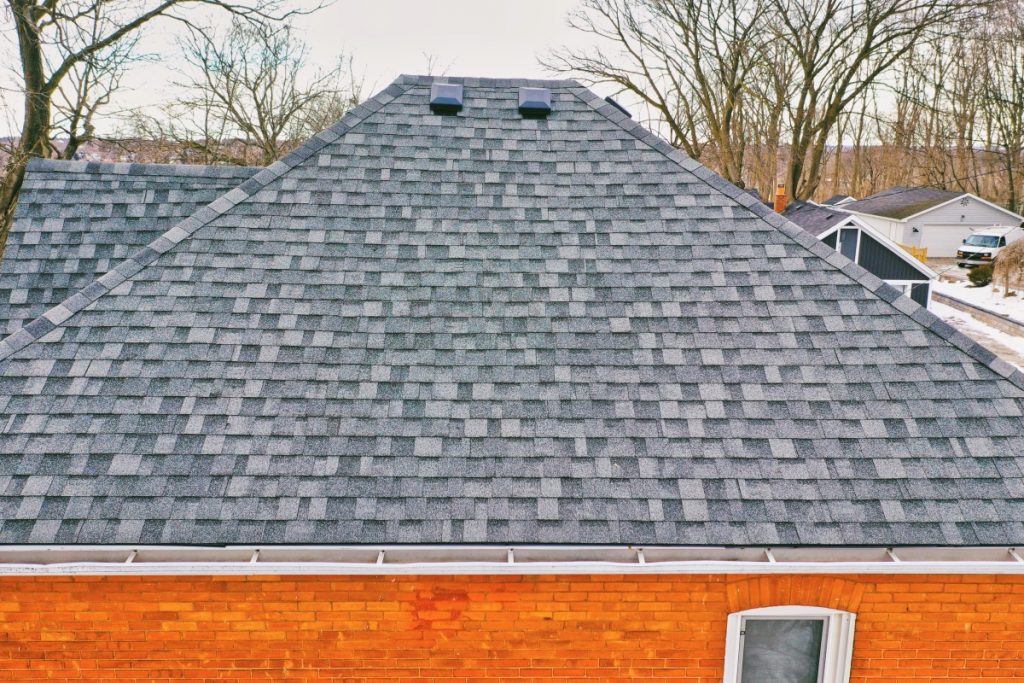
Also using a drone has a faster set up time than using a ladder. Utilizing a drone can also allow for inspections to occur when site conditions may not allow for a ladder to be set up, such as when there is ice or snow present.
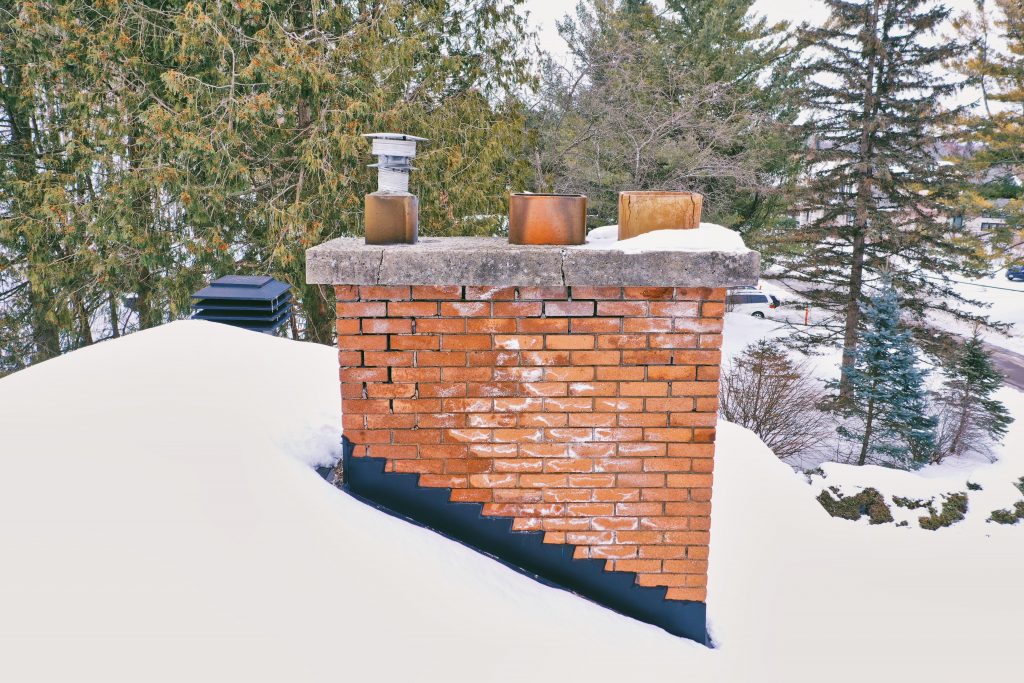
Being able to climb onto a roof to see first hand if there are any issues is always beneficial, but there is always the safety aspect to consider.
Using a drone will reduce the risk of working at heights and allows you to inspect fragile or very steep roofs safely, such as metal or cathedral style roofs.

During the inspection a large screen device, such as a tablet, can be used to view the roof allowing for quick inspection results. As well as using the drone to inspect the roof, it could be used to fly along a gutter to asses any water issues or to look down into a chimney.
Not only can the drone be used on the exterior inspection, but for houses with tall or high walled windows or high vaulted ceilings, a drone can be used to allow the inspector to view these areas without the need of a ladder.
Using a drone allows for high quality photos and videos to be captured and the ability to view structures from the safety of the ground.
These photos and videos can be provided to the client as part of the inspection report. In addition to being able to capture normal photos and videos, there is the ability to use thermal imaging cameras on drones for roof and window inspections to identify heat loss zones or temperate anomalies.
Drone photos & videos provided to the homeowner as part of the inspection report is an excellent historical record which can be used if the home is damaged
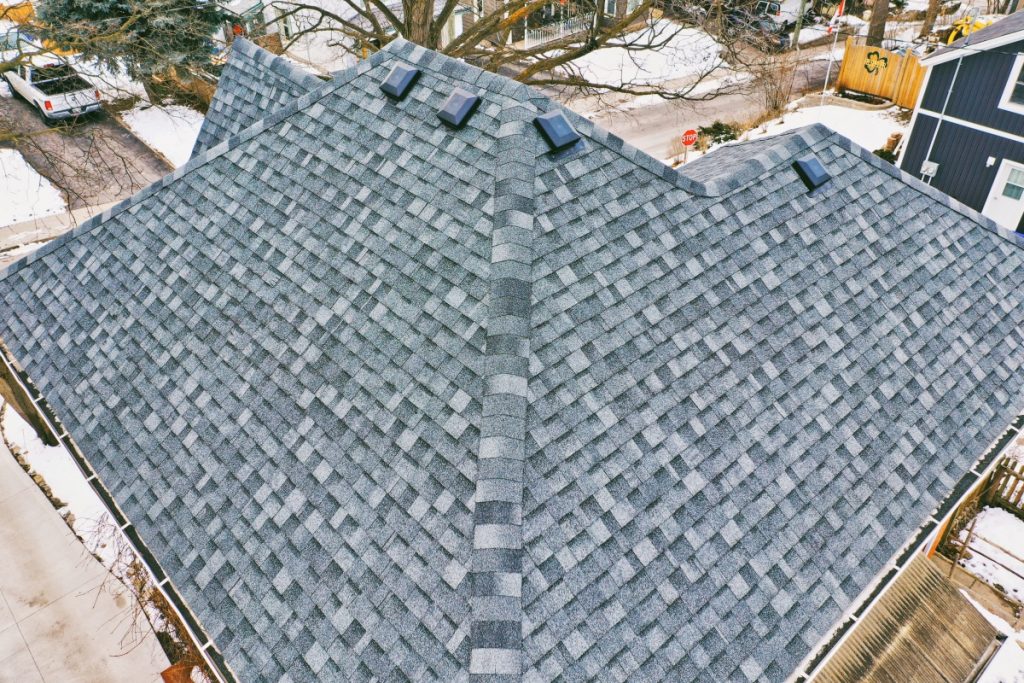
What to watch out for when using a drone
With any new technology there are always items you should be aware of. One of the biggest concerns with drones is the privacy aspect. Drones have been getting a bad reputation as there are some people who do not use them in an appropriate manner. When using a drone privacy should always be in the back of your mind. Pay attention to where you are flying, stay over the house under inspection and avoid flying too close to doors and windows.
Another aspect of using a drone for inspections are the rules that need to be followed when flying. Within Canada, to operate a drone that weights between 250g and 25kg you need a Basic or Advanced RPAS (Remotely Piloted Aircraft Systems) Operators Certificate issued by Transport Canada. As most largely populated areas within Canada have an airport nearby, special attention has to be paid to which certificate you need. Only those with an Advanced RPAS Operators Certificate can fly near an airport and then only with the proper authorization from NavCanada*.
Professional Drone Pilots who carry an Advanced RPAS Operators Certificate understand all the rules and procedures that are required to fly a drone safely. Professional Drone Pilots typically have high quality drones and equipment, extensive experience, are fully insured and fully licensed.
Have questions about how to incorporate a drone into your business and inspections? Contact Location Intelligence & Design to find out how, info@locationintelligence.ca .
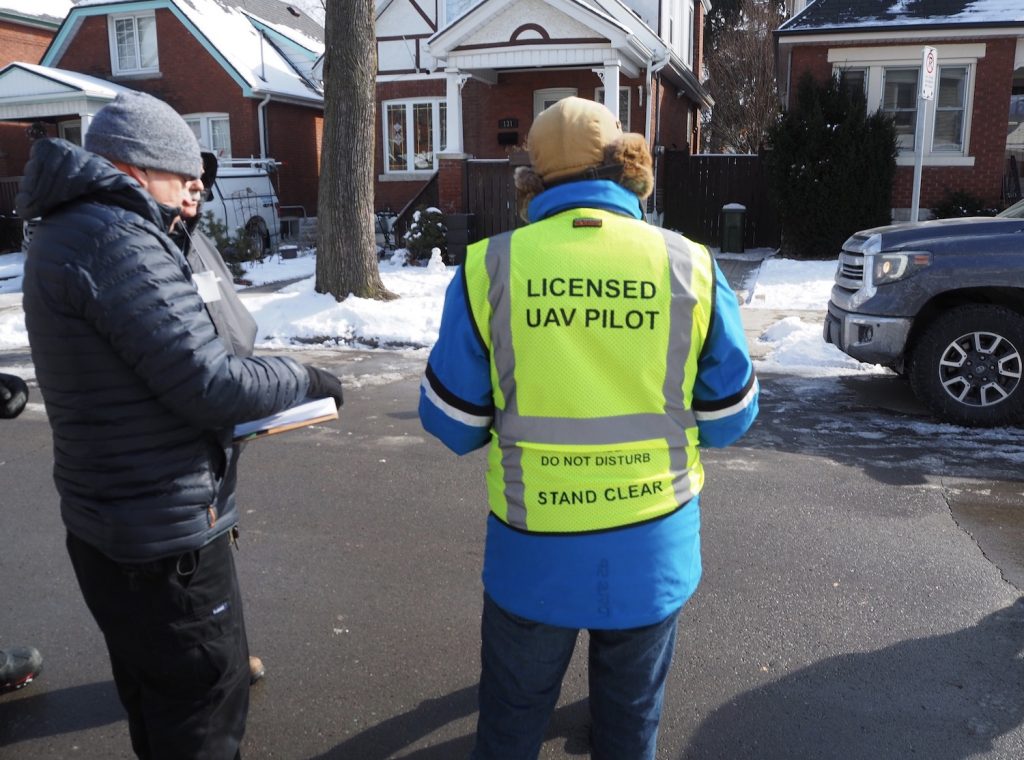
Comments are closed.